The global energy landscape is undergoing a profound transformation, driven by an urgent need for sustainable and decentralized power generation. At the forefront of this revolution lies solar photovoltaic (PV) technology, which has seen remarkable advancements in efficiency, cost-effectiveness, and adaptability. Integral to optimizing the performance and safety of solar installations are module-level power electronics (MLPE), with the **Microinverter** emerging as a cornerstone technology. Unlike traditional string inverters that convert DC electricity from an entire array into AC power, a **Microinverter** is installed directly beneath each solar panel, optimizing the output of individual modules. This fundamental difference unlocks a myriad of benefits, addressing common challenges like shading, module mismatch, and complex roofline configurations, thereby maximizing energy harvest and system reliability. This comprehensive guide delves into the intricate world of **Microinverter** technology, exploring its technical underpinnings, manufacturing precision, diverse applications, and the compelling advantages it offers in the contemporary solar industry.
Industry Trends and the Rise of **Microinverter** Technology
The solar industry is characterized by relentless innovation and growth. Key trends driving the adoption of **Microinverter** technology include:
- Distributed Generation Growth: There's a clear shift towards decentralized energy systems, particularly in residential and commercial sectors. This trend emphasizes smaller, more resilient, and locally controlled power sources. **Microinverter** systems perfectly align with this, offering modularity and independent operation for each panel.
- Increased Demand for Module-Level Optimization: As solar installations become more prevalent on diverse roof types with varying shading patterns, the need for individual module optimization is critical. According to a report by Grand View Research, the global microinverter market size was valued at USD 2.6 billion in 2022 and is expected to grow at a compound annual growth rate (CAGR) of 19.5% from 2023 to 2030, largely due to this demand.
- Enhanced Safety Standards: Regulatory bodies worldwide are increasingly mandating rapid shutdown capabilities for PV systems, especially in residential applications (e.g., NEC 2017/2020 in the US). **Microinverter**s inherently meet these requirements by converting high-voltage DC to safe AC power directly at the module, significantly reducing hazardous DC voltage levels on the roof.
- Smart Grid Integration and Monitoring: Modern energy systems demand sophisticated monitoring and control capabilities. **Microinverter**s, with their individual panel-level data reporting, facilitate granular performance tracking, fault detection, and seamless integration into smart home energy management systems.
- Cost-Effectiveness and Lifespan: While initial costs for **Microinverter**s might be slightly higher per watt than some string inverters, their benefits in terms of increased energy yield, extended lifespan (often 25+ years, matching panel warranties), and reduced maintenance often lead to a lower total cost of ownership over the system's lifetime.
Understanding the **Microinverter**: Technical Parameters and Advantages
A Microinverter is a sophisticated piece of power electronics that converts the direct current (DC) output of a single solar module into alternating current (AC) suitable for grid connection or direct consumption. This contrasts sharply with string inverters, which manage large strings of panels in series, making them susceptible to the "Christmas light effect" where one underperforming panel can drag down the output of the entire string.
Key Technical Parameters of a **Microinverter**
When evaluating a **Microinverter**, several critical technical specifications determine its performance, compatibility, and efficiency:
- Maximum Power Point Tracking (MPPT) Voltage Range: This defines the voltage range within which the Microinverter can effectively operate and extract maximum power from the PV module. A wider MPPT range allows for greater flexibility and efficiency across varying weather conditions.
- Maximum Input Current: The maximum current a Microinverter can accept from the solar panel. This must match or exceed the module's maximum power current (Imp) to avoid clipping.
- Rated Output Power (AC): The maximum continuous AC power the Microinverter can deliver. This is typically matched to the power output of the individual solar panel it's connected to.
- Peak Efficiency & CEC Efficiency: Peak efficiency indicates the highest efficiency achieved under ideal conditions. CEC (California Energy Commission) efficiency provides a more realistic measure, representing the weighted average efficiency across various operating conditions. Leading **Microinverter**s often boast CEC efficiencies exceeding 97.5%.
- Operating Temperature Range: Defines the ambient temperature range within which the Microinverter can safely and efficiently operate. Components are typically designed for extreme temperatures, from -40°C to +65°C, ensuring reliability in diverse climates.
- Enclosure Rating (IP Rating): The Ingress Protection (IP) rating indicates the Microinverter's resistance to dust and water. For outdoor installations, an IP67 or IP68 rating is essential, signifying complete protection against dust ingress and immersion in water.
- Communication Protocol: How the Microinverter communicates data to the monitoring gateway (e.g., Zigbee, Wi-Fi, Power Line Communication (PLC)). PLC is increasingly favored for its reliability and reduced need for external wiring.
- Grid Compliance and Safety Standards: Compliance with local grid codes (e.g., IEEE 1547 in North America, VDE AR-N 4105 in Germany, AS/NZS 4777 in Australia) and safety standards (e.g., UL 1741, IEC 62109) is paramount to ensure safe and legal operation.
- Warranty: Industry-standard warranties for Microinverters typically range from 10 to 25 years, reflecting their robust design and expected long lifespan.
Technical Advantages of **Microinverter** Systems
The distinct architecture of **Microinverter**s offers several compelling advantages over traditional string inverter systems:
- Maximized Energy Harvest: Each Microinverter performs MPPT for its individual panel. This means that if one panel is shaded, dirty, or underperforms, it does not affect the output of other panels in the array. Studies, like those published by the National Renewable Energy Laboratory (NREL), consistently show that MLPE solutions can increase energy yield by 5-25% in real-world conditions compared to string inverters, especially in shaded or complex installations.
- Enhanced Safety: **Microinverter**s convert DC power to AC at the module level. This eliminates the dangerously high DC voltages (up to 1000V) found in string inverter systems, significantly reducing electrical fire risks and ensuring compliance with rapid shutdown requirements (e.g., NEC 2017/2020), making solar installations safer for homeowners and first responders.
- Improved Reliability and Redundancy: The modular design means there's no single point of failure. If one Microinverter fails, only that single panel's output is affected, while the rest of the system continues to operate unimpeded. This distributed architecture leads to greater system uptime.
- Granular Monitoring and Diagnostics: Panel-level monitoring provides detailed insights into the performance of each module. This allows for precise fault detection, identification of underperforming panels, and proactive maintenance, leading to optimized system performance over time.
- Design Flexibility and Scalability: Microinverters allow for greater design flexibility, accommodating complex roof shapes, varying roof pitches, and different orientations without significant energy loss. Systems can also be easily expanded module by module in the future, providing unparalleled scalability.
- Simpler Installation and Maintenance: While there are more units to install, the wiring is often simpler (AC trunk cable), and the absence of large, heavy string inverters simplifies logistics. Maintenance is also easier, as specific problematic modules can be identified and addressed quickly via monitoring.
Manufacturing Process of a **Microinverter**: Precision Engineering for Reliability
The production of a high-quality Microinverter is a testament to precision engineering, robust material selection, and rigorous quality control. It involves a multi-stage manufacturing process designed to ensure durability, performance, and compliance with stringent industry standards. While specific proprietary steps may vary between manufacturers, the general workflow emphasizes automation, advanced testing, and meticulous assembly.
Detailed Manufacturing Flow
The manufacturing process for a Microinverter can be conceptually broken down into several key stages, each with specific quality gates:
- Component Sourcing and Inspection:
- Material Selection: High-grade electronic components (capacitors, inductors, semiconductors, microcontrollers) from reputable global suppliers are chosen for their stability, efficiency, and long lifespan. Enclosures are typically crafted from durable materials like marine-grade aluminum, selected for its excellent thermal conductivity, corrosion resistance, and light weight, ensuring the Microinverter can withstand harsh outdoor environments for decades.
- Incoming Quality Control (IQC): All raw materials and electronic components undergo rigorous inspection upon arrival. This includes visual checks, dimensional verification, and electrical testing to ensure they meet specified quality and performance criteria (e.g., IPC-A-610 standards for electronic assemblies).
- Printed Circuit Board (PCB) Assembly:
- SMT (Surface Mount Technology) Assembly: Automated pick-and-place machines precisely mount thousands of tiny surface-mount components onto the PCBs. This high-precision process minimizes human error and ensures consistent quality.
- Reflow Soldering: The assembled PCBs pass through reflow ovens where solder paste melts and forms strong electrical connections. Temperature profiles are meticulously controlled to ensure optimal solder joint integrity.
- Automated Optical Inspection (AOI): After reflow, AOI systems use high-resolution cameras to inspect every solder joint and component placement, identifying defects such as missing components, incorrect polarity, or poor solder connections.
- Through-Hole Component Insertion & Manual Soldering:
- Larger components, such as power inductors, transformers, and bulk capacitors, are often inserted manually or with semi-automated tools. These components may undergo wave soldering or careful hand soldering by skilled technicians.
- Cleaning: PCBs may undergo cleaning to remove flux residues and contaminants that could affect long-term reliability.
- Initial Functional Testing (ICT & FCT):
- In-Circuit Test (ICT): Verifies the electrical functionality of individual components and connections on the PCB.
- Functional Circuit Test (FCT): Simulates real-world operating conditions to ensure the entire electronic circuit functions as designed, checking power conversion, control logic, and communication capabilities.
- Potting and Encapsulation:
- This is a critical step for **Microinverter** durability. The entire PCB assembly is often fully potted or encapsulated with a specialized thermal conductive epoxy resin. This material provides superior thermal management (dissipating heat away from components), electrical insulation, and crucial protection against moisture, dust, and vibrations, directly contributing to the Microinverter's high IP rating (e.g., IP67/IP68) and extended lifespan.
- Enclosure Assembly & Sealing:
- The potted electronic core is carefully integrated into the housing, typically a die-cast aluminum enclosure (often CNC machined for precision). Robust gaskets and seals are applied to ensure a watertight and dust-tight seal, protecting the internal electronics from environmental degradation. The use of CNC machining ensures precise fitting and optimal thermal contact.
- Final System Testing:
- Burn-in Test: Microinverters are operated at full load for extended periods (e.g., 24-72 hours) in environmental chambers that simulate extreme temperatures. This process weeds out early-life failures (infant mortality) and verifies long-term stability.
- Performance Testing: Comprehensive tests are conducted to verify power output, efficiency, MPPT accuracy, power factor, harmonic distortion (THD), and anti-islanding protection according to international standards like IEC 62109, UL 1741, and IEEE 1547.
- Dielectric Withstand Test (Hi-Pot Test): Ensures electrical insulation integrity and safety against breakdown.
- Quality Control & Packaging:
- Before packaging, each Microinverter undergoes a final visual inspection and random sampling for destructive testing (e.g., accelerated life testing) to ensure compliance with stringent quality management systems (e.g., ISO 9001, ISO 14001).
- Products are then carefully packaged to prevent damage during transit, ready for global distribution.
This rigorous process, from raw material to finished product, underscores the commitment to delivering Microinverters that offer exceptional reliability, longevity (typically 25+ years, matching solar panel warranties), and optimal performance in diverse applications.
Application Scenarios and Industry Benefits
The versatility and inherent advantages of **Microinverter** technology make it suitable for a wide range of solar PV applications:
- Residential Solar Installations: This is the primary market for **Microinverter**s. Their ability to handle complex roof designs, mitigate shading from chimneys, trees, or dormers, and ensure rapid shutdown safety makes them ideal for homeowners seeking maximum energy yield and peace of mind.
- Commercial & Industrial (C&I) Rooftop Systems: For businesses with large, often complex roof spaces that may experience partial shading throughout the day, Microinverters offer enhanced energy production and granular monitoring crucial for operational efficiency. Their modularity also simplifies future expansion.
- Off-Grid and Hybrid Systems (limited scope): While primarily designed for grid-tied applications, some advanced Microinverters can be integrated into battery storage solutions to create hybrid or limited off-grid systems, offering greater energy independence and resilience.
- Specialty Applications: Their compact size and safety features make Microinverters suitable for RVs, marine applications, and other mobile or limited-space solar installations where high DC voltage is a concern and modularity is key.
In these scenarios, the advantages are clear: enhanced energy harvest ensures maximum return on investment, superior safety reduces risks, and individual monitoring streamlines maintenance. For instance, in a residential setup with a shaded portion of the roof, the unaffected panels continue to produce at full capacity, unlike a string inverter system where the entire string's output would be reduced to that of the lowest-producing panel. This directly translates to significant energy savings and improved system longevity.
Comparing **Microinverter** Solutions: A Data-Driven Approach
Selecting the right Microinverter involves careful consideration of technical specifications, manufacturer reputation, and specific project requirements. Below is a comparative table highlighting typical specifications you might find across different **Microinverter** offerings, helping to illustrate the diversity and key differentiating factors in the market. Please note that exact specifications vary by model and manufacturer.
Typical **Microinverter** Specifications Comparison
| Feature/Parameter |
Standard Model A (e.g., Residential Optimized) |
Advanced Model B (e.g., High Power) |
Premium Model C (e.g., Commercial Grade) |
| Rated Output Power (AC) |
300-360W |
400-500W |
500-750W (Multi-panel units) |
| MPPT Voltage Range |
24V-45V |
28V-50V |
30V-60V |
| Max Input Current (DC) |
12A |
14A |
18A |
| Peak Efficiency (CEC) |
97.0% (96.5%) |
97.8% (97.0%) |
98.5% (97.5%) |
| Operating Temperature |
-40°C to +65°C |
-40°C to +65°C |
-40°C to +70°C |
| Enclosure Rating |
IP67 |
IP67/IP68 |
IP67/IP68 |
| Communication |
PLC/Zigbee |
PLC/Wi-Fi |
PLC/Wi-Fi/Ethernet |
| Warranty Period |
10-15 Years |
20-25 Years |
25 Years |
| Monitoring Capability |
Basic Module-level |
Advanced Module-level + Diagnostics |
Comprehensive Panel/System-level + API access |
| Rapid Shutdown Compliance |
NEC 2017/2020 |
NEC 2017/2020 & International |
NEC 2017/2020 & International |
This table underscores the importance of matching the Microinverter to the specific requirements of the solar module and the overall system design. For instance, a higher output power Microinverter might be paired with high-efficiency large-format modules, while a model with a broader MPPT range offers more flexibility for challenging installations.
Customization Solutions and Implementation
One of the significant advantages of the modular Microinverter architecture is its inherent adaptability, allowing for highly customized solar solutions. This is crucial for meeting the unique demands of different clients and challenging installation environments.
- Tailored System Sizing: Whether it's a small residential system of a few panels or a large commercial array spanning multiple rooftops, **Microinverter**s allow for precise system sizing. Each panel addition simply means adding another **Microinverter**, eliminating the need to re-evaluate string configurations or inverter sizing.
- Optimized for Complex Rooflines: Unlike string inverters that require panels to be oriented similarly and free from shading, **Microinverter**s thrive on complex rooflines. Panels can be installed on different orientations (East, South, West) or pitches, each operating independently at its optimal point, maximizing overall energy production.
- Integration with Energy Storage and Smart Homes: Leading **Microinverter** manufacturers often provide gateways and APIs that allow seamless integration with various battery energy storage systems (BESS) and smart home energy management platforms. This enables homeowners to monitor their consumption, production, and storage in real-time, optimizing self-consumption and reducing reliance on the grid. Advanced solutions can prioritize battery charging, grid export, or appliance operation based on energy prices or user preferences.
- Scalable Solutions: A customer might start with a smaller system and wish to expand later. With Microinverters, this is a straightforward process of adding more panels and **Microinverter**s as needed, without disrupting the existing setup or requiring significant system redesign. This 'plug-and-play' expandability offers immense flexibility.
- Site-Specific Environmental Adaptations: For installations in corrosive environments (e.g., coastal areas) or regions with extreme temperatures, specific Microinverter models with enhanced material resilience (e.g., advanced aluminum alloys, specific potting compounds) and broader operating temperature ranges can be selected, ensuring long-term reliability.
This level of customization, combined with professional design and installation services, ensures that solar PV systems equipped with Microinverters deliver maximum performance and value tailored to individual client needs.
Real-World Application Cases and Customer Trust
The practical benefits of **Microinverter** technology are best illustrated through its widespread adoption in various real-world scenarios, building a strong foundation of customer satisfaction and trust.
- Residential Success Story: The Shaded Suburban Home
A typical challenge for many homeowners is partial shading caused by trees, chimneys, or adjacent buildings. Consider a residence in California with a roof partially shaded by an oak tree for several hours each day. A string inverter system would suffer significant overall energy loss. By installing Microinverters, the homeowner experienced minimal impact on overall system output. Panels in the shade would temporarily reduce their output, but the unshaded panels continued to produce at full capacity. This led to an estimated 15% increase in annual energy yield compared to a simulated string inverter setup, directly translating to greater savings on electricity bills. Customer feedback consistently highlights the peace of mind derived from visible, individual panel performance via monitoring apps.
- Commercial Case: Flexible Office Complex Expansion
A multi-tenant office complex in Texas decided to go solar but needed a solution that could be easily expanded as new tenants arrived or energy needs increased. **Microinverter**s provided the perfect modular solution. The initial phase covered the main building, and subsequent expansions added panels and Microinverters to additional wings and parking structures without disrupting the existing electrical infrastructure. The building managers appreciated the granular monitoring, which allowed them to identify and address minor performance issues swiftly, ensuring consistent power for their operations. The system's compliance with strict fire safety codes was also a critical factor in their decision.
- Off-Grid Resilience: Remote Agricultural Pumping Station
While primarily grid-tied, the inherent safety and efficiency of Microinverters also find niche applications. A remote agricultural pumping station in Australia, far from the grid, utilized a small **Microinverter**-based PV array coupled with a robust battery bank. The distributed MPPT ensured maximum power harvest even during dusty conditions or partial shading from equipment, ensuring reliable power for essential water pumps. The low DC voltage operation significantly simplified safety protocols for local staff managing the system.
These cases exemplify how Microinverters provide tangible benefits: increased energy production, enhanced safety, superior reliability, and adaptable designs that meet diverse needs. Testimonials from installers often praise the ease of installation and the reliable performance, reinforcing the product's value proposition.
Ensuring Trustworthiness: Certifications, Support, and Guarantees
Building trust in a high-tech product like a Microinverter goes beyond technical specifications. It encompasses adherence to international standards, robust customer support, and clear commitments to quality and service life.
Authoritativeness through Certification and Partnerships
- Industry Certifications: Reputable **Microinverter** manufacturers adhere to the most rigorous international standards. These include:
- UL 1741 (North America): Standard for Inverters, Converters, Controllers, and Interconnection System Equipment for Use With Distributed Energy Resources. Ensures electrical safety and grid interconnection compatibility.
- IEC 62109 (International): Safety of power converters for use in photovoltaic power systems. Covers design and construction requirements for safety.
- IEEE 1547 (North America): Standard for Interconnecting Distributed Resources with Electric Power Systems. Mandates specific performance requirements for grid stability and safety (e.g., anti-islanding).
- CE Mark (Europe): Signifies compliance with European Union health, safety, and environmental protection directives.
- VDE AR-N 4105 (Germany): Specific technical requirements for connecting generating plants to the low-voltage grid.
Our **Microinverter**s are engineered to meet or exceed these critical standards, providing assurance of their safety, reliability, and grid compatibility. Regular audits by third-party certification bodies ensure ongoing compliance.
- Strategic Partnerships and Industry Recognition: We proudly partner with leading solar module manufacturers and reputable installation companies globally. These collaborations ensure our Microinverters are seamlessly integrated into comprehensive solar solutions and are validated by industry experts. Our products have been recognized in various industry publications and forums for their innovative design and robust performance, reflecting years of dedicated service and continuous improvement in the solar energy sector.
Trustworthiness through Support and Guarantees
Professional FAQ on **Microinverter** Technology
1. What is MPPT and why is it crucial for a **Microinverter**?
MPPT stands for Maximum Power Point Tracking. It's an electronic control system that continuously tracks and adjusts the electrical operating point of a solar module to ensure it's always producing its maximum possible power output. In a Microinverter, MPPT is performed independently for each individual solar panel. This is crucial because variations in sunlight, temperature, or shading affect each panel differently. Without individual MPPT, the entire system's output would be limited by the weakest panel, leading to significant energy losses. By optimizing each panel independently, **Microinverter**s maximize overall system energy harvest.
2. How do **Microinverter**s enhance solar system safety?
**Microinverter**s enhance safety primarily by eliminating high DC voltage from the rooftop. Traditional string inverters operate at high DC voltages (up to 1000V) in series, which poses a significant shock and fire hazard. A Microinverter converts the DC power from a single panel into AC power directly at the module. This means that only low-voltage AC wiring runs across the roof, significantly reducing the risk of electrical fires and making the system safer for homeowners and first responders, especially during emergencies like house fires where rapid shutdown is critical.
3. What does an IP67/IP68 rating mean for a **Microinverter**?
The IP (Ingress Protection) rating indicates the degree of protection provided by an enclosure against solids and liquids. For a Microinverter, an IP67 rating means it is completely protected against dust ingress (first digit '6') and protected against the effects of temporary immersion in water up to 1 meter for 30 minutes (second digit '7'). An IP68 rating offers even greater protection against continuous immersion beyond 1 meter. These high ratings are essential for outdoor-mounted Microinverters to ensure their longevity and reliable operation in harsh weather conditions, protecting internal electronics from moisture, dust, and environmental degradation.
4. What is 'Anti-Islanding Protection' and why is it important for grid-tied **Microinverter**s?
Anti-islanding protection is a critical safety feature that prevents a grid-tied Microinverter from feeding power back into the utility grid when the grid itself has gone down (e.g., during a power outage). This creates an "island" of power generation that can be extremely dangerous for utility workers who might be working on de-energized lines. **Microinverter**s are designed with sophisticated anti-islanding mechanisms that detect grid abnormalities and rapidly disconnect from the grid, ensuring worker safety and preventing damage to electrical infrastructure. This is mandated by grid codes like IEEE 1547.
5. Can **Microinverter**s be used with different types of solar panels?
Yes, Microinverters are designed to be highly versatile and compatible with a wide range of solar panel types and wattages (monocrystalline, polycrystalline, thin-film, within specific voltage and current ranges). The key is to match the Microinverter's input specifications (MPPT voltage range, maximum input current, and rated output power) to the specific solar panel being used. Most Microinverter models cover a broad range of common residential and commercial PV module sizes, offering flexibility in system design and component selection.
6. What is the typical lifespan and warranty for a **Microinverter**?
High-quality Microinverters are engineered for extreme durability, often with a projected operational lifespan of 25 years or more, designed to match the lifespan of the solar panels themselves. This extended lifespan is attributed to robust material selection (e.g., aluminum casing), advanced thermal management, and comprehensive potting/encapsulation techniques that protect internal electronics. Correspondingly, most reputable **Microinverter** manufacturers offer generous warranties, typically ranging from 10 to 25 years, reflecting their confidence in the product's long-term reliability and performance.
7. How does Power Line Communication (PLC) work in **Microinverter** systems?
Power Line Communication (PLC) is a technology that allows data to be transmitted over existing AC power lines, eliminating the need for separate communication wiring. In a Microinverter system, each **Microinverter** sends performance data (e.g., power output, voltage, temperature) over the same AC wires that carry the converted electricity from the roof to the home's electrical panel. A gateway device (like a Envoy or Collector) then collects this data from all Microinverters via the power lines and sends it to a cloud-based monitoring platform, typically via Wi-Fi or Ethernet. PLC offers a robust and reliable communication method, less susceptible to wireless interference than Wi-Fi or Zigbee, and simplifies installation by reducing cabling complexity.
References and Further Reading:
- Grand View Research. (2023). Microinverter Market Size, Share & Trends Analysis Report. Retrieved from https://www.grandviewresearch.com/industry-analysis/microinverter-market
- National Renewable Energy Laboratory (NREL). (2012). Evaluation of the Impact of PV Module-Level Power Electronics on System Performance. NREL/TP-6A20-56263. Retrieved from https://www.nrel.gov/docs/fy13osti/56263.pdf
- IEEE. (2018). IEEE Standard for Interconnection and Interoperability of Distributed Energy Resources with Associated Electric Power Systems Interfaces. IEEE Std 1547-2018. (Accessible via IEEE Xplore Digital Library with subscription or university access).
- International Electrotechnical Commission (IEC). (2015). IEC 62109-1: Safety of power converters for use in photovoltaic power systems - Part 1: General requirements. (Accessible via IEC Webstore with purchase or subscription).
 LEARN DETAILS
LEARN DETAILS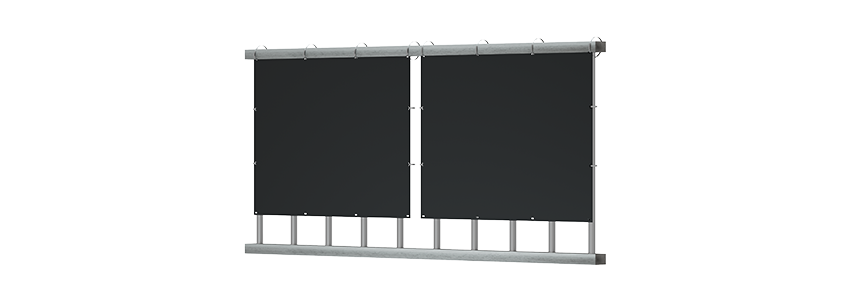

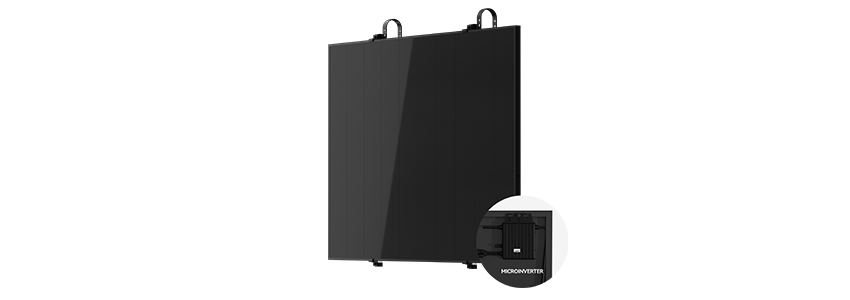
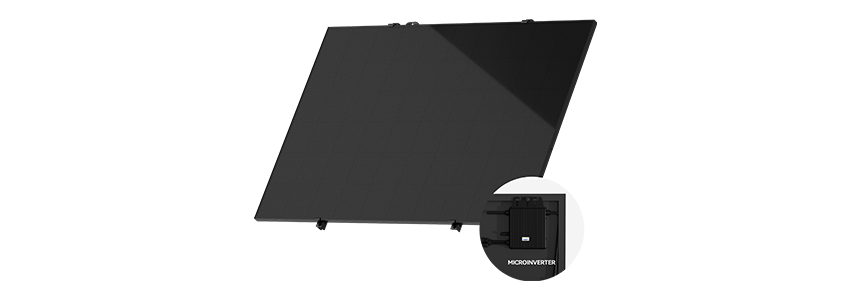
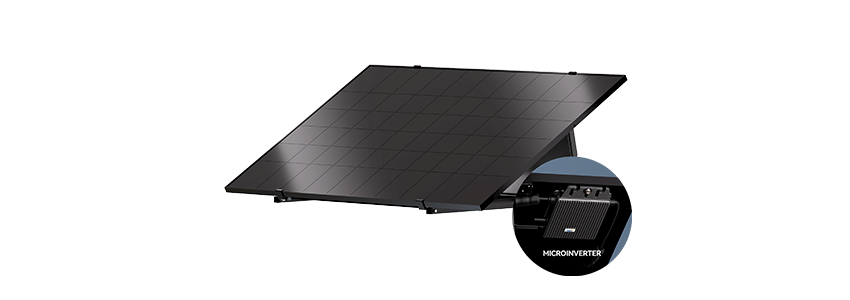
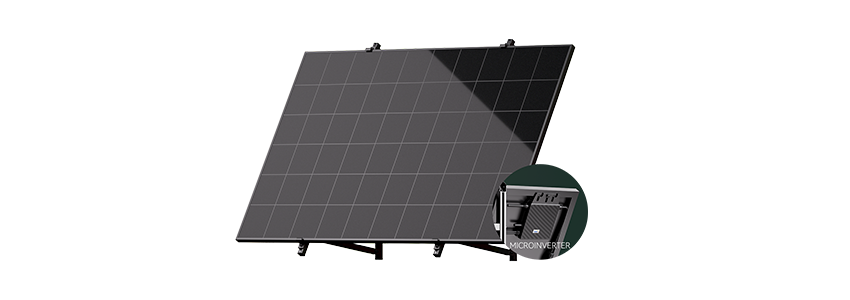

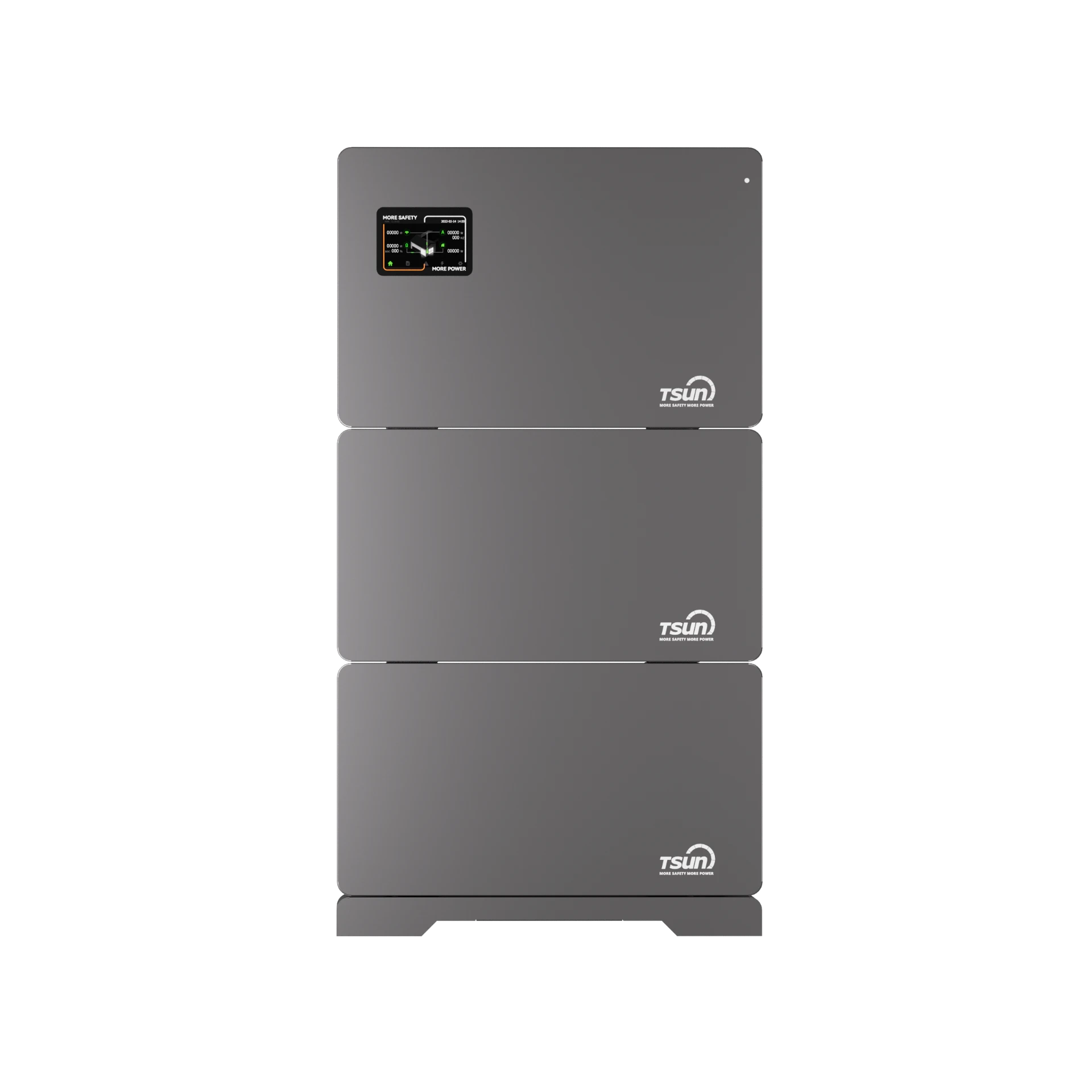
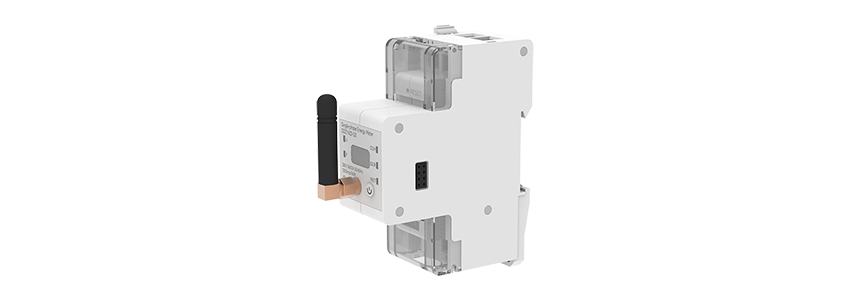
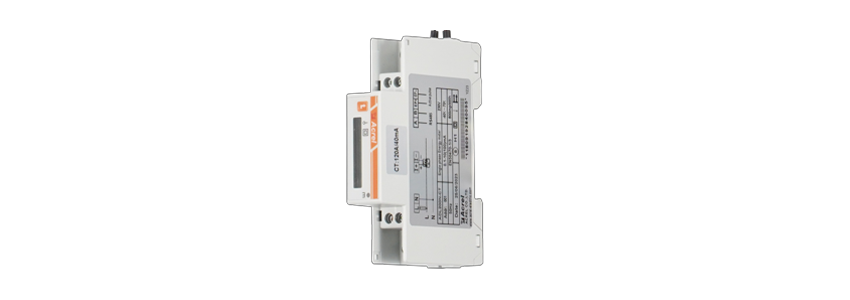
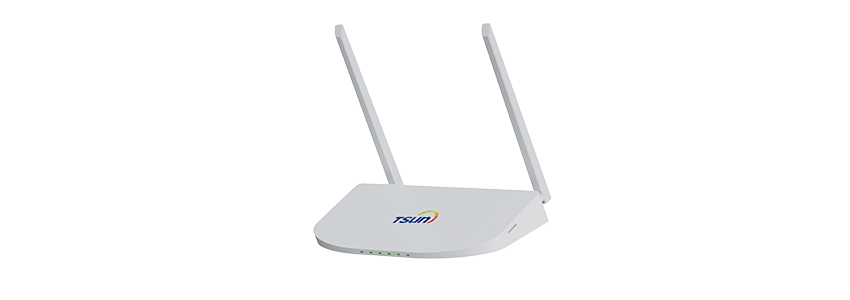

 LEARN DETAILS
LEARN DETAILS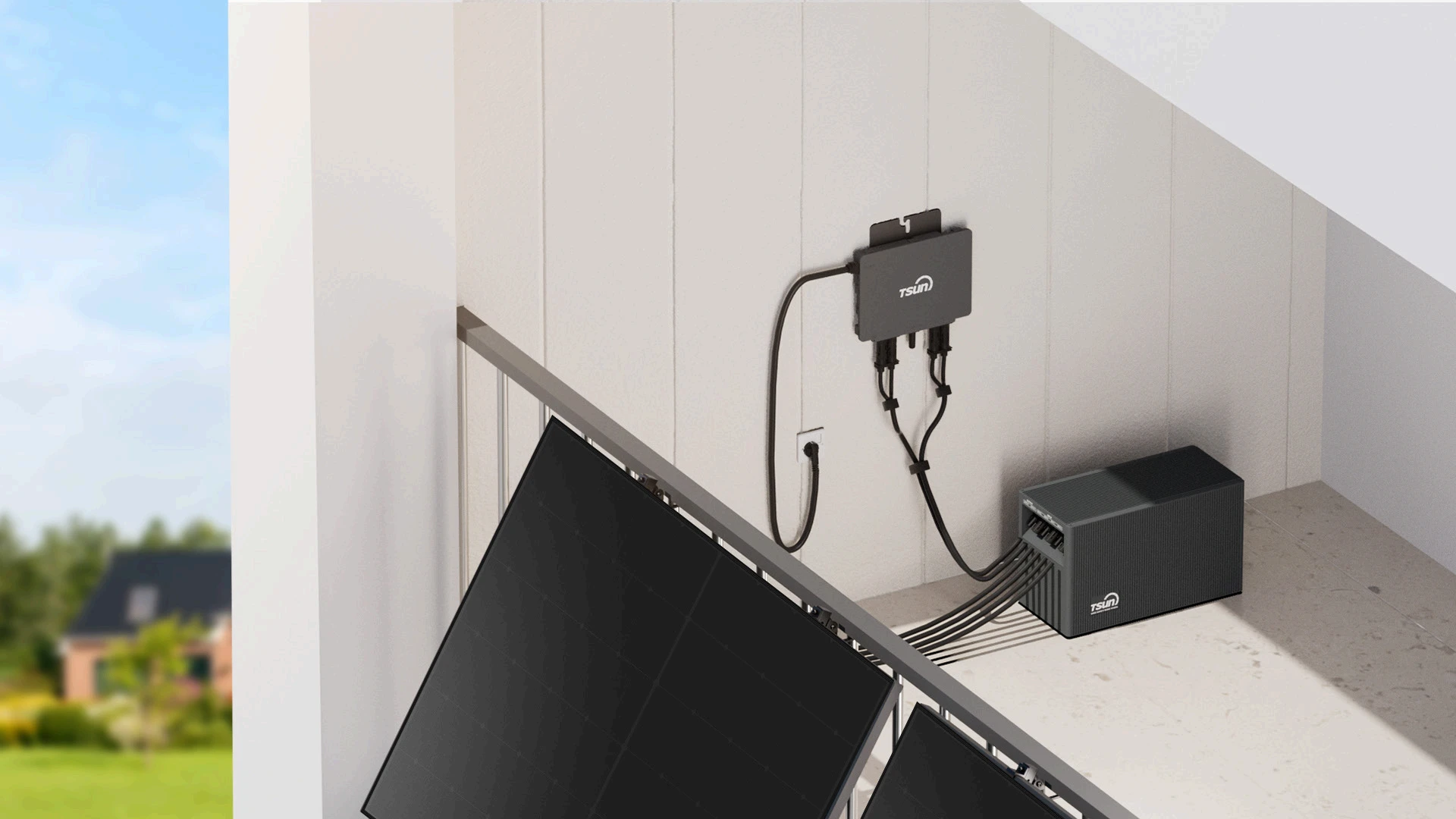
 LEARN DETAILS
LEARN DETAILS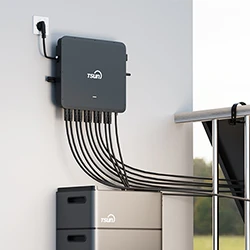
 LEARN DETAILS
LEARN DETAILS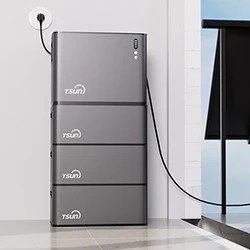
 LEARN DETAILS
LEARN DETAILS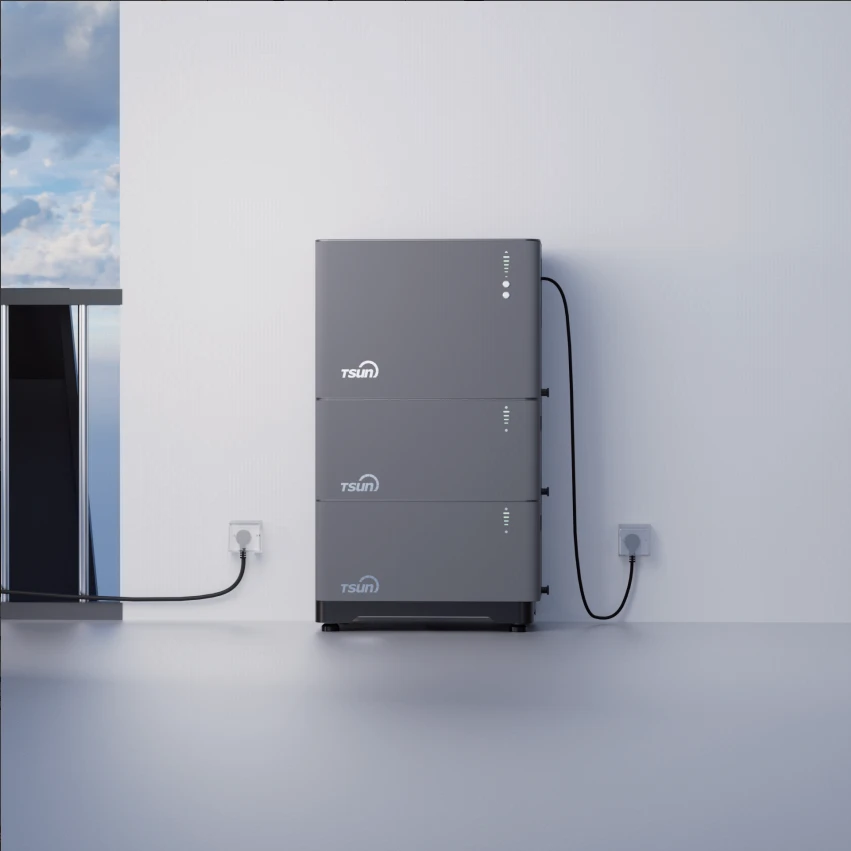
 LEARN DETAILS
LEARN DETAILS

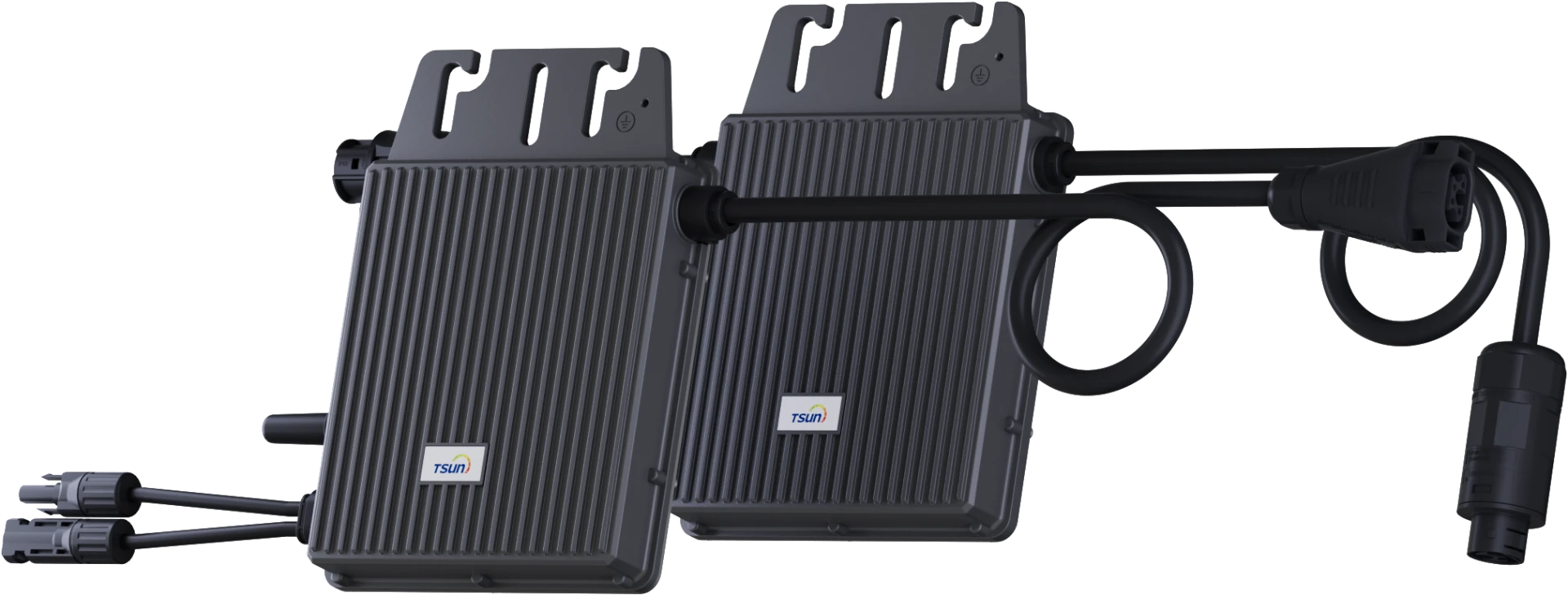
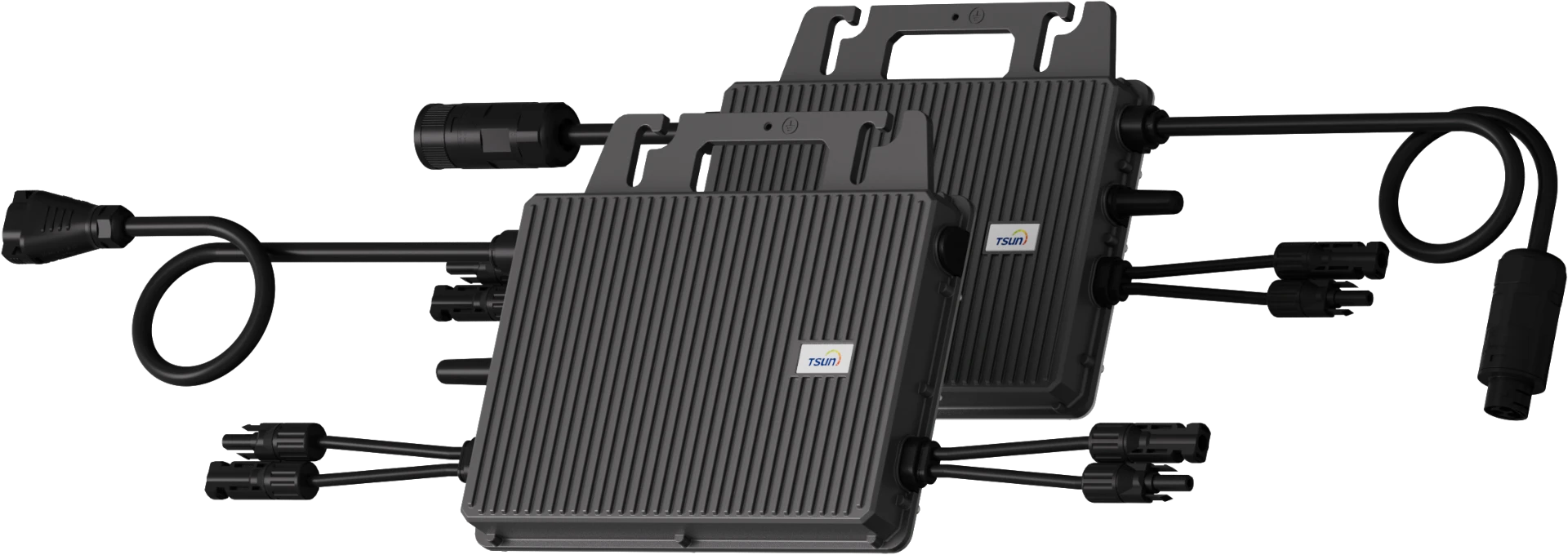
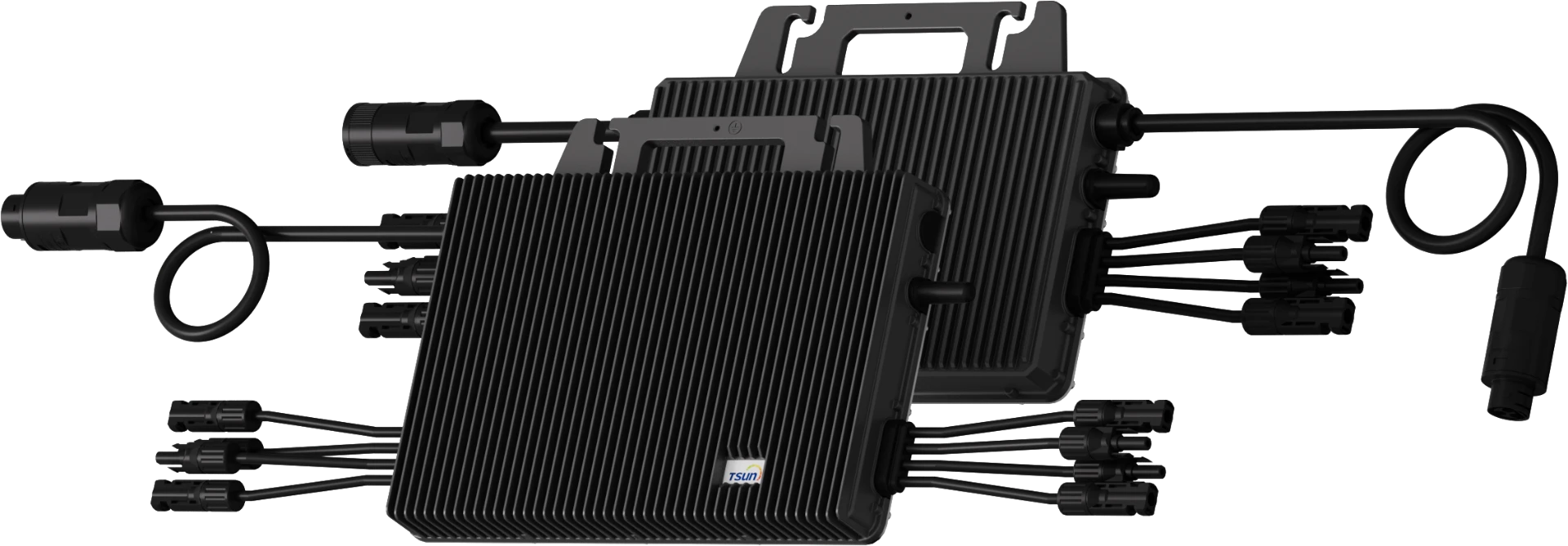
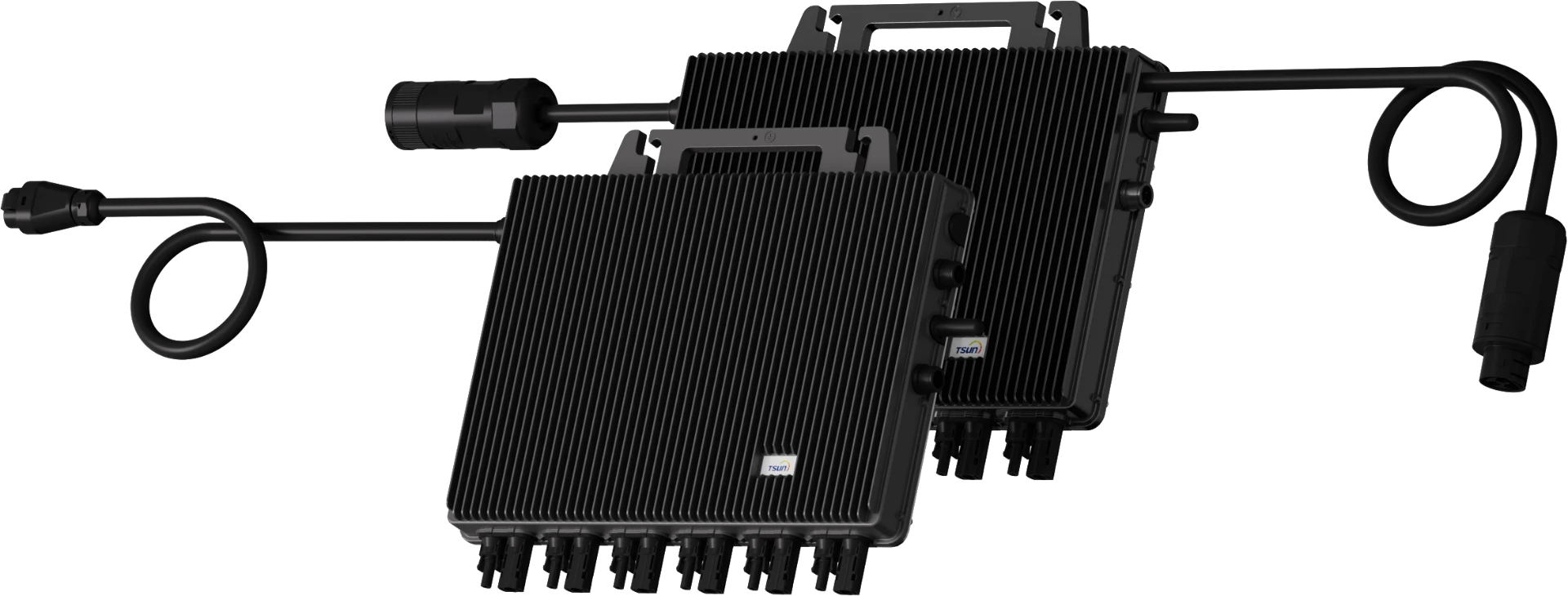
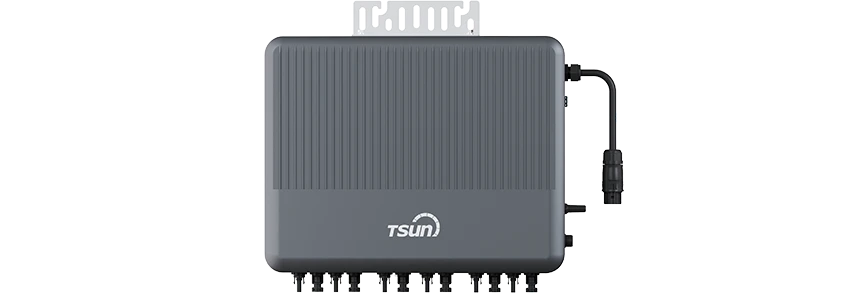
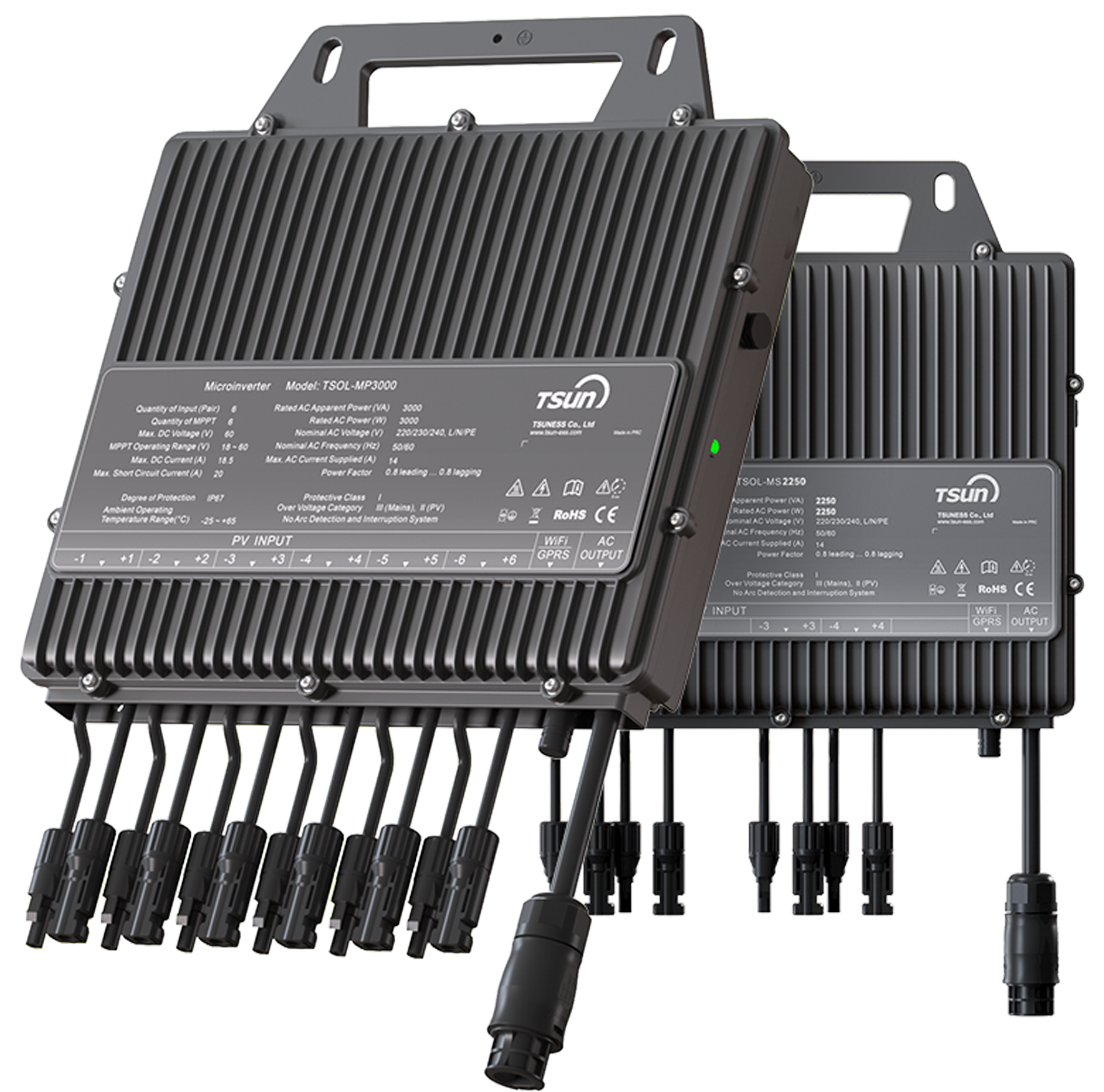
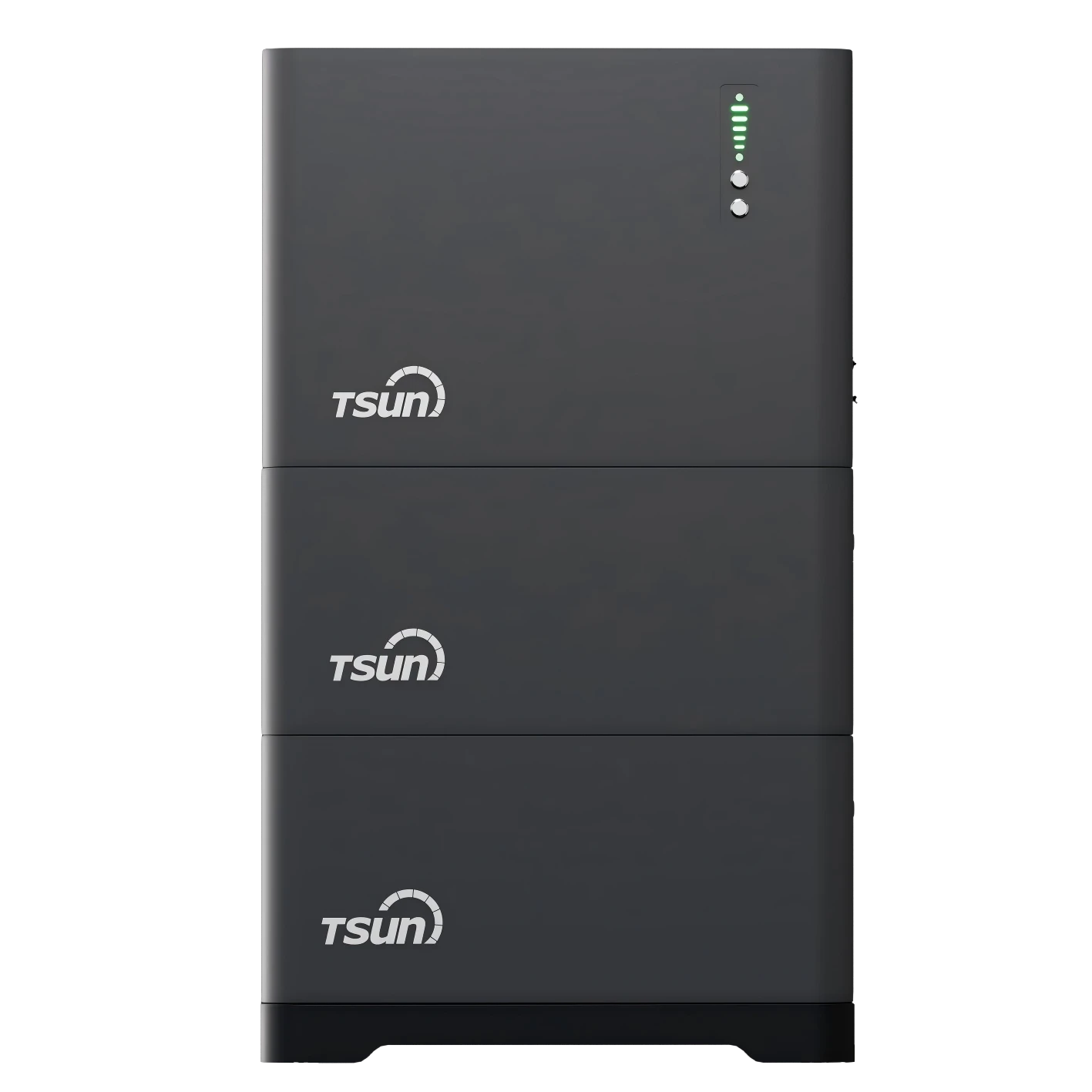
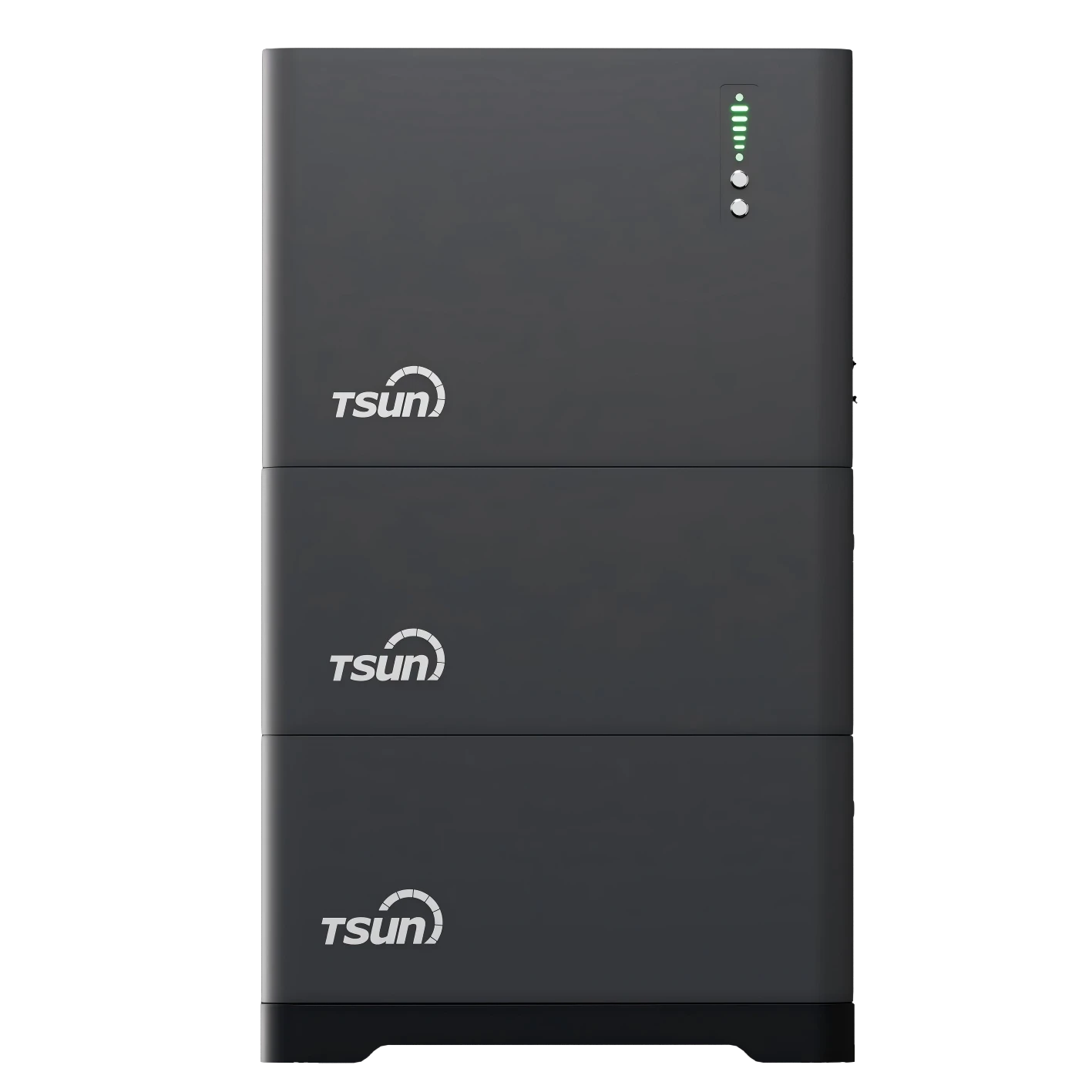
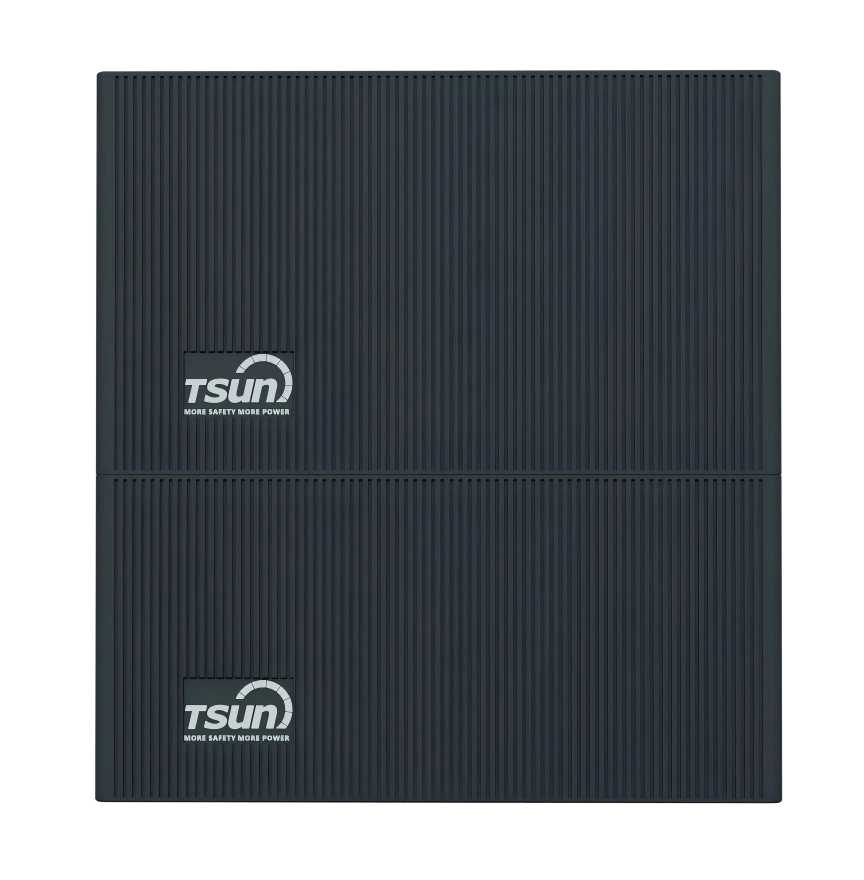
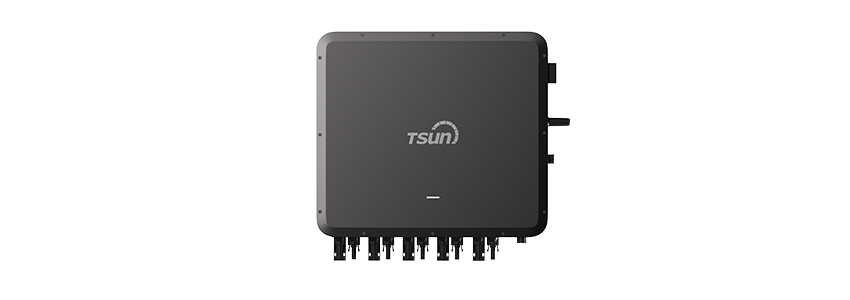
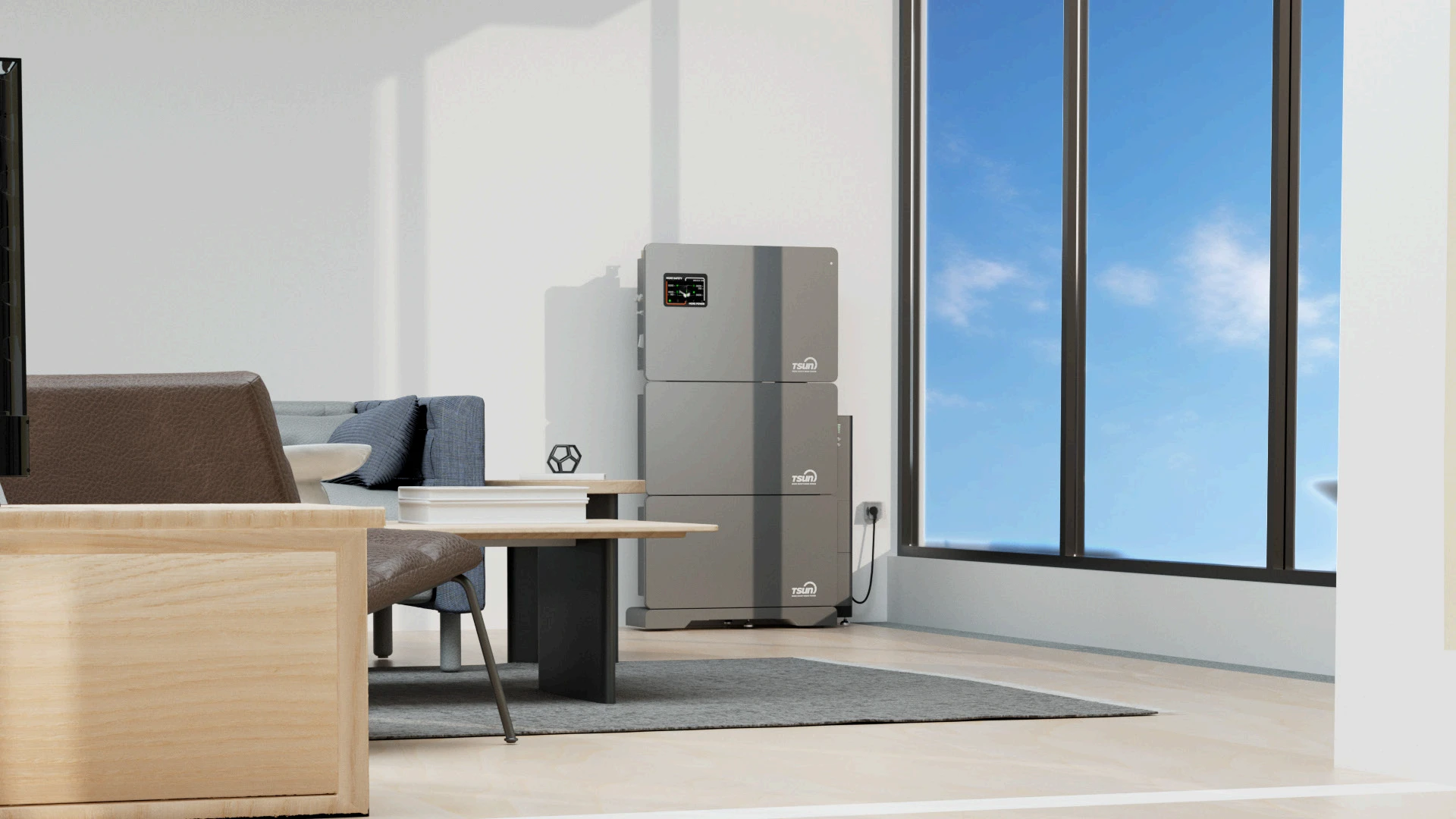
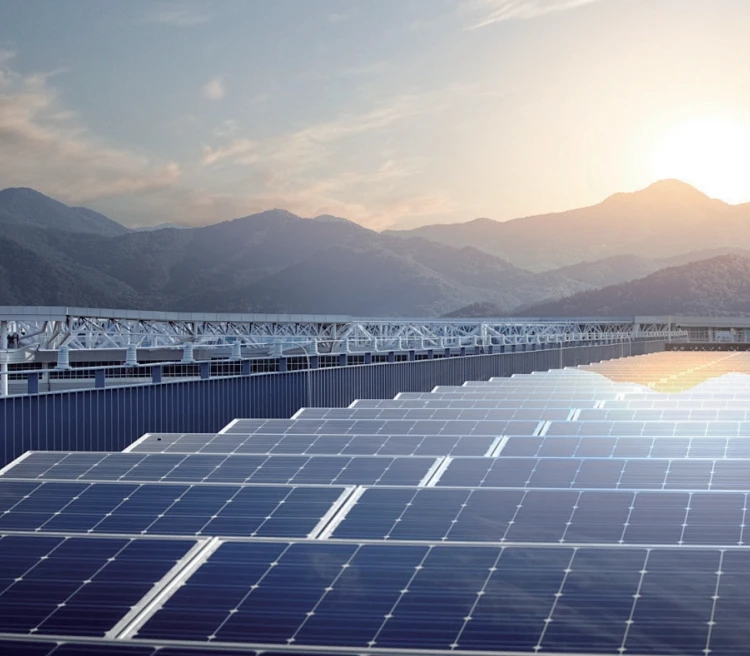
 Downloads
Downloads Video Center
Video Center Report Fault for Repair
Report Fault for Repair FAQS
FAQS Service Network
Service Network Privacy Policy
Privacy Policy Contact us
Contact us Monitoring
Monitoring


 LEARN MORE
LEARN MORE








